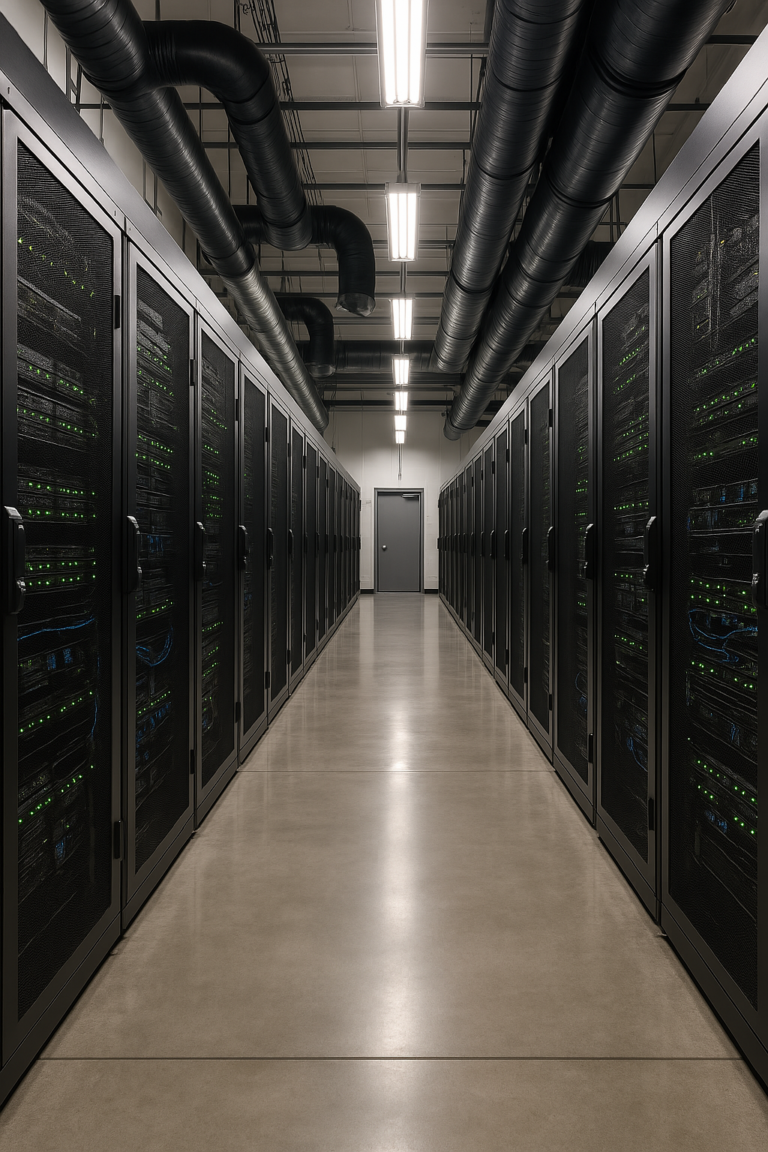What Does Builders Risk Insurance Cover? Data Centers
Introduction
What Does Builders Risk Insurance Cover? When you begin a construction project, understanding your risk is as important as designing your structure. In this post, we’ll explore the scope of protection provided by these policies, how they differ from standard property insurance, and why knowing exactly what does a builders risk insurance policy cover is crucial for managing your project’s risk profile.
The Basics of Builders Risk Insurance Coverage
Builders risk insurance is designed specifically to protect construction projects from damages that occur during the building process. It’s important to clarify that while many wonder, what does builders risk insurance cover, this policy is not all-encompassing. Instead, it focuses on protecting the physical structure and related materials from specific perils.
What Is Typically Covered?
A standard builders risk insurance policy usually covers:
-
Physical Damage: Losses caused by fire, lightning, windstorms, hail, and sometimes earthquakes. This answers the question, what does builders risk insurance cover when it comes to natural perils.
-
The Building and Materials: The policy protects the building as it is under construction, including raw materials and supplies stored on-site or in transit. This is often referred to as what does builders risk policy insurance cover.
-
Temporary Structures: Some policies extend coverage to temporary facilities, which is important for projects that require on-site offices or storage facilities.
It’s also common for insurers to specify limits, ensuring that the sum insured reflects the building’s completed value. In this context, knowing exactly what does a builders risk insurance policy cover becomes essential when comparing quotes and policy details.
What Is Not Covered
Equally important to understand is what does builders risk insurance not cover. Typically, these policies exclude:
-
Employee Injuries and Liability: Injuries to workers are generally covered under workers’ compensation insurance, not builders risk.
-
Defective Workmanship: Losses due to poor construction quality or design flaws usually fall outside the policy’s scope.
-
Delays and Loss of Revenue: While some policies may offer limited business interruption coverage, many exclude losses associated with delays in project completion.
Being aware of these exclusions helps you prepare for additional risks and consider supplemental policies if necessary.
Special Considerations and Additional Coverage Options
Some construction projects have unique risks that require tailored insurance solutions. For instance, a contractor may ask, what brand doors does builders risk insurance cover? While this might sound unusual, it reflects a broader question of whether a policy can be customized to cover specialized materials or unique construction components. Many insurers offer endorsements that broaden the scope of coverage, addressing niche concerns while still providing the core protection you need.
Endorsements and Policy Enhancements
To address project-specific risks, you can often add endorsements to your builders risk policy. These might include:
-
Extended Coverage for High-Value Materials: If your project uses expensive or rare materials, an endorsement can ensure they are fully protected.
-
Coverage for Off-Site Materials: In cases where materials are stored off-site, you might need extra coverage to account for transportation and storage risks.
-
Enhanced Natural Disaster Coverage: Depending on your location, you might consider endorsements for flood, earthquake, or other natural disasters that standard policies may not cover.
Understanding the Policy Language
One challenge many face is interpreting the language in a builders risk policy. Insurance documents can be dense, and the question what does a builders risk insurance policy cover might require careful reading. Key sections to review include:
-
Perils Insured Against: This section details the specific risks that trigger a claim.
-
Exclusions: A clear list of what is not covered by the policy.
-
Coverage Limits: How much the insurer will pay for a covered loss.
-
Deductibles: The amount you must pay out-of-pocket before insurance benefits apply.
Taking the time to understand these sections ensures you’re not caught off guard if a claim arises.
Real-World Applications
Consider a contractor working on a new commercial development. Mid-construction, a severe storm causes significant wind damage to the structure. Thanks to a well-drafted policy, the contractor can file a claim knowing that the damage from the windstorm falls within what does builders risk insurance cover. In another scenario, a homeowner embarking on a renovation might wonder about what does builders risk insurance cover for the materials being used, ensuring that any damage during transit or storage is protected.
Evaluating Your Coverage Needs
Before purchasing a builders risk policy, assess your project’s unique needs. Ask yourself:
-
What are the most likely risks my project will face?
-
Are there any specialized materials or methods used that might require additional coverage?
-
How long will the construction period last, and what are the associated risks during that time?
A clear understanding of these factors will help you answer the broader question of what does builders risk insurance cover for your specific situation. It may also reveal if you need endorsements to cover gaps that the base policy does not address.
Comparing Policies from Different Providers
When shopping for builders risk insurance, it’s crucial to compare policies not just by cost but by scope. Ask for detailed policy examples and clarify:
-
How do different insurers handle exclusions?
-
What additional coverages or endorsements are available?
-
What is the claims process like, and how quickly are losses settled?
By comparing multiple policies, you ensure that you fully understand builders risk insurance what does it cover and that you select a policy that provides robust protection for your project.
Additional 2025 Considerations
1. Smart Sensors and Digital Twins in Data Center Coverage Assessments
Data centers require reliable operations. In 2025, smart sensors and digital twins help assess risk. Digital twins create virtual models of data centers. They allow real-time monitoring of temperature, power, and equipment. IoT sensors provide accurate, live data. Insurers use this data to adjust coverage and premiums faster. This technology speeds up damage detection and claims resolution.
2. Cybersecurity Risks in Data Center Construction and Operation
Data centers store sensitive information and run complex networks. Cyber threats like ransomware and data breaches are rising. These attacks can harm both physical and digital systems. Insurers now include cyber risk in builders risk policies. New endorsements may cover losses from cyber incidents. This blended approach protects the data center’s infrastructure and digital systems.
3. Coverage for Modular and 3D-Printed Data Center Construction
Modular construction and 3D printing are growing in data center projects. These methods shorten build times and lower costs. However, they bring unique risks. Modular units face issues during transport and assembly. 3D-printed structures may have material quality concerns. Insurers now offer endorsements for these techniques. These policies cover specific risks tied to modern construction methods.
4. Green Building and ESG-Driven Risk Management in Data Centers
Sustainability is a key focus for modern data centers. Many now use green technologies and eco-friendly designs. This reduces their energy use and carbon footprint. Insurers reward projects that meet ESG standards. Lower premiums may be offered for sustainable practices. This approach benefits both the environment and risk management.
5. Supply Chain Volatility and Its Impact on Data Center Coverage
Supply chain issues affect data center construction. Rising material costs and delays are common. These disruptions can lead to project overruns. Insurers adjust coverage limits to reflect market changes. Policies now account for supply chain volatility. This helps ensure that coverage stays in line with current risks.
The Value of Our Professional Advice
Because builders risk insurance involves specialized coverage, consulting with an insurance professional can be invaluable. A knowledgeable broker or agent can help clarify confusing policy language and ensure that you’re not left wondering what does builders risk insurance cover in critical moments. They can also help you understand the nuances of endorsements, exclusions, and policy limits, ensuring you get the best possible coverage for your construction project.
Conclusion
Builders risk insurance is a critical component of any construction project, offering protection against a range of physical perils. By understanding what does builders risk insurance cover, you can secure the appropriate coverage for your building project—whether you’re a contractor, developer, or homeowner. From knowing what is included to understanding the exclusions and available endorsements, being well informed means you’re better prepared to handle unexpected events. Ultimately, a well-crafted builders risk policy is about managing risk, protecting your investment, and ensuring that your project can continue even in the face of adversity.
Any questions? Contact us today by filling out the small form below!


